At 9:00 in the morning, when commuters jostle to reach Borivali station in suburban north Mumbai and shops start lifting their shutters, it’s time for 24-year-old Lakshman Katappa to begin his work day too.
Carrying a black cotton bag on his shoulder, walking barefoot along with his wife Rekha and his younger brother, 13-year-old Elappa, he stops in front of a closed shop. He opens the bag, and out comes a long green ghagra , a head band, a small box containing bandar (yellow oxide powder) and red kumkum , beaded neck ornaments, a small mirror, a chabuk (whip), and ghungroos for the ankles.
Standing in front of the closed shop, Lakshman wears the skirt on top of his pants and removes his t-shirt. He then starts painting his bare chest and face with the yellow and red paste, and dons the ornaments. Elappa does the same. They add a waist band of big bells to their skirt and fasten the ghungroos on their ankles. Rekha sits beside them, holding a dholak.
The performance begins. It’s a time before the lockdown unfolded in March 2020.

Rekha, who is around 22 years old, begins striking the dholak with sticks, Lakshman and Ellapa start dancing to the beats, stomping the ground, the ghungroos ringing out loud. Then Lakshman cracks the chabuk , and unfurls it in the air before hitting his back with it. It makes a sharp loud sound. His brother is new to this and hits the ground to make that sound.
They move along asking people for money: “ Ek rupay, do rupay de de, bhagwan kasht see dur rakhega [Give us a rupee, two rupees, god will save you from all troubles] . ” People stop to gaze, hesitant to come close, some walk by without looking, some fling coins or notes at the performers, a few kids run away in fright.
Lakshman and Elappa ask shopkeepers and vegetable vendors for alms too. Some give them food. Rekha accepts an offer of tea from a shopkeeper. “Some people give us food but I cannot eat when I am performing for god,” Lakshman says. “We don’t eat till we are back home.” They reach home by around 5 in the evening.
Read more: Lockdown 2021: What changed for the Mumbai migrant worker’s journey back home
Lakshman and others who put up these streetside performances are known as Potraj (also Pothuraju) or Kadak Lakshmi ((after the goddess, also known as Mariyamma or Mariamma). Lakhsman, like others in his community, believes their goddess has curative powers and wards off evil.
The family’s village, Kodambal, is in Homnabad block of Karnataka’s Bidar district, and they belong to the Dhegu Megu community, a Scheduled Caste. The men dance while the women beat the drums or hold the idol or a photograph of the goddess in their hands or in a steel or aluminium plate. At times, they carry the idol in a small wooden box or on a wooden plank on their head.
Even before the pandemic began, their act was struggling to survive “Earlier, my grandfathers performed to ward off sickness or sins of people, but today we do this to feed our stomach,” said Lakshman’s mother, Elamma, when we had met before the lockdown. Lakshman added, “My great grandfather and his father roamed around to perform. Mariyamma has asked us to dance, she is taking care of us.”
Lakshman started performing with his father on Mumbai’s streets when he was six years old. His mother balanced a wooden plank holding the Mariyamma idol on her head. “I was very scared to use the chabuk and hit myself. I used to hit it on the ground to make the sound,” he said. “We do not apply anything on our back because that pain is for our deity. Sometimes my back used to swell up, but we believe in Mariyamma, that she is protecting us. With each day of work I started getting better. Now I don’t feel the pain much.”
Before the lockdown, the family lived opposite Bandra Terminus in north Mumbai. Around 50 families from the same village and community stayed in this basti , all doing the same work. They had been living here for around eight years, after being evicted from various other parts of the city.
Read more: ‘Mumbai taught me to dream big and be relentless at it’
Their shelters (since abandoned or closed, due to the pandemic) are made of tarpaulin, plastic or cloth sheets that are supported with bamboos. Inside was a sheet to sleep on, a few utensils and clothes. The chabuk and dholak were kept in one corner. Lakshman, Rekha and their three children lived in one tent, and close by was another tent for his parents and younger brothers Elappa and Hanumanta. Rekha, eight months pregnant when we first met (in December 2019), was struggling to walk barefoot for long, she took breaks and sat down to rest. “I am fine, I just feel tired sometimes, this is my third child. I am used to this work, if I stop who will feed my child?” she asked.
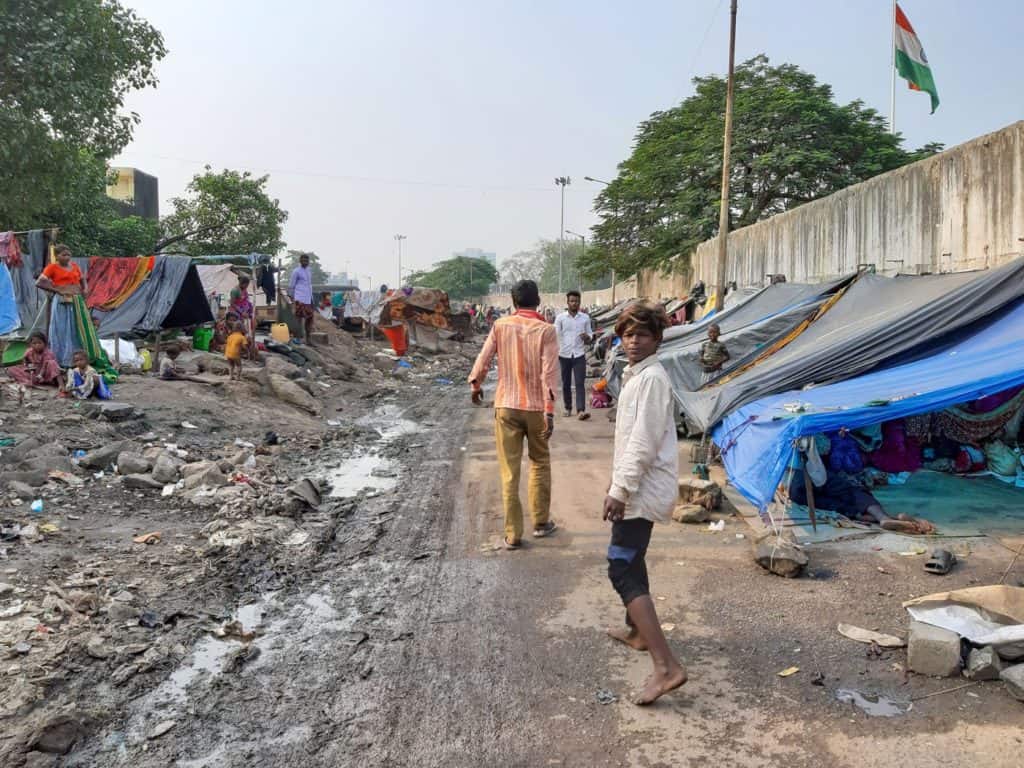
The family’s earnings were unpredictable. During festivals – mainly Janmashtami, Ganesh Chaturthi, Navratri, Diwali – when people readily gave in the name of god, for a full day of performances, the family could sometimes earn Rs. 1,000 (before the lockdown). On other days, the range was Rs. 150 to Rs. 400.
At times, Lakshman and his family also worked for daily wages. “When the mukadam needs labourers – to clear garbage, do construction work – they know there are men like us willing, they call us,” he had told me. “We earn 200-400 rupees a day,” Hanumanta had added, “depending on the number of hours we work. Until we have this work, we continue, and then return to performing.”
They would depend on food grains bought from a nearby kirana shop (and don’t have documents to apply for a ration card). Water was scarce too in their basti ; the families usually used taps at the terminus or one in a nearby lane for drinking water, when that tap was unlocked from 5 to 9 in the morning. They used the station toilet, paying one rupee for each visit, five rupees for a bath or to wash clothes. At night, they used the open spaces nearby.
Their shanties don’t have an electricity connection. To charge their phones they would rely on a nearby shops – the owners charged Rs. 10 per phone. In January every year, most of the Dhegu Megu families living near Bandra Terminus would return to their village. The lanes where they stayed became empty, just a few clothes remained hanging on the wall.
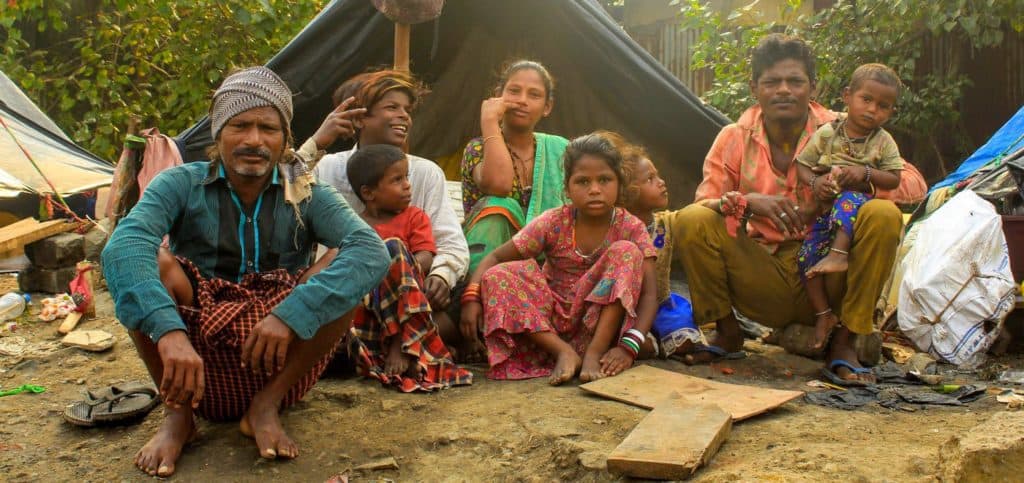
During the lockdown Lakshman’s family, and many others in their basti , struggling without work or an income, once again returned to their village. They sometimes perform there too, but earn barely 50 or 100 rupees, and have spent nights hungry during the lockdown, a community member told me. A few of the families at the Bandra Terminus basti have since returned. Lakhsman and his family are still in the village, and might be back in the city by the end of March.
Lakshman wants his children to study in the village. “If my son studies and doesn’t run away then he will have a better life,” he says, referring to how his brother Hanumanta would keep running back home from school. Many kids from the community drop out of the village school, which has only one teacher and irregular classes. “I want them to study in our village and become shopkeepers or work in a call centre,” says Rekha. “In Mumbai, we have to keep running from one place to another if the police force us to move, so where will my children get to study?”
Read more: English language pushes youth in Kasaiwada up the economic ladder
Lakshman and Rekha’s daughter Reshma is now five, Rahul is three and their baby boy Karan was born in January 2020. The kids are not yet enrolled in school. Rekha never went to school, neither did Lakshman. His younger brother Elappa is enrolled in the village school, but is occasionally also in Mumbai to perform with the family. “I don’t really know, but I want to become someone big,” Elappa says.
In Kodambal, their village, before a child starts performing, the families worship Goddess Mariyamma and take her blessings. They say it’s like a mela , with rituals, where a goat is sacrificed. “And we say to our devi that we are going to earn a living in Mumbai, and ask her to protect us,” says Lakshman. “With this belief and faith, we come back here to work.” He and his family are still in the village, and might be back in the city by the end of March.

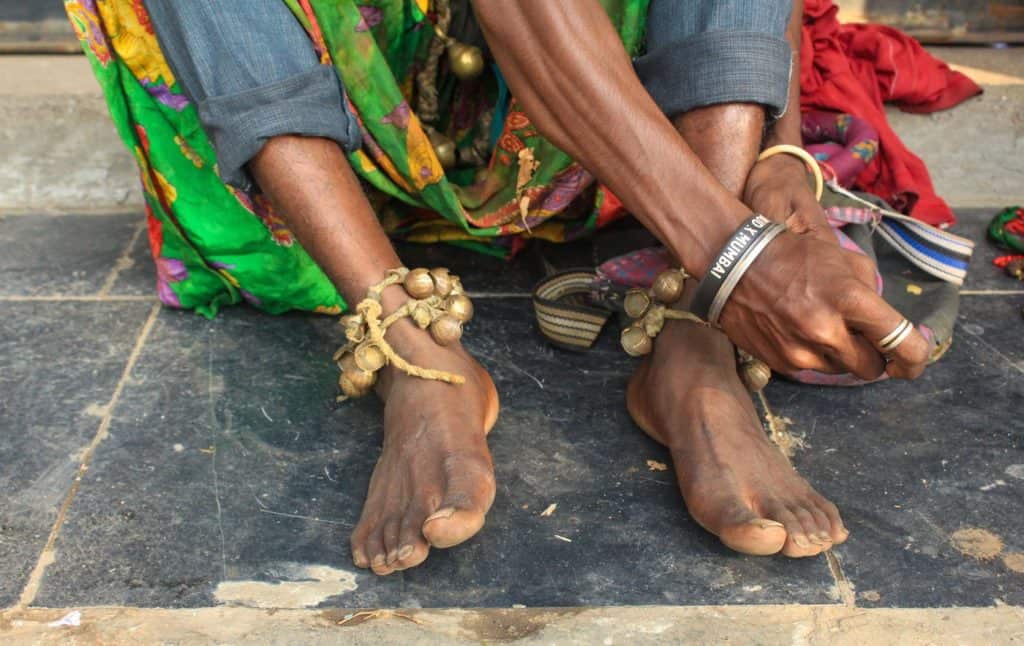
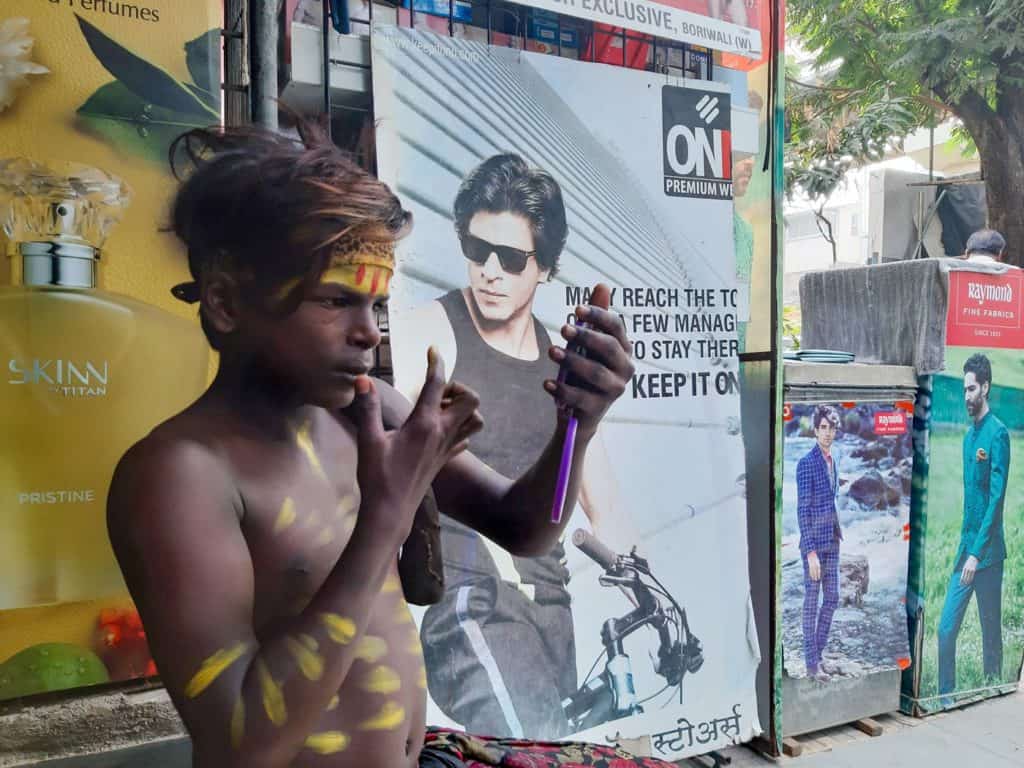


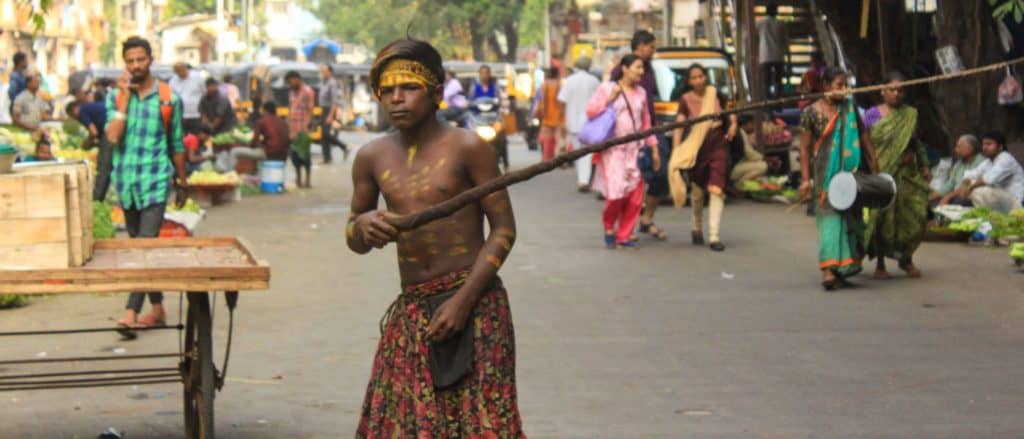
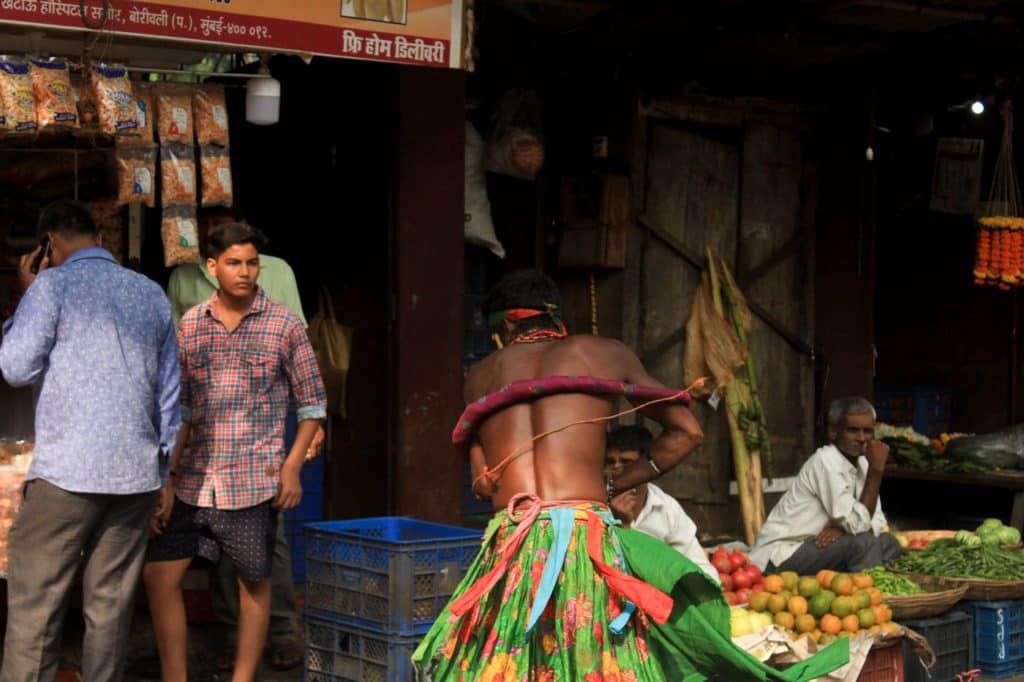
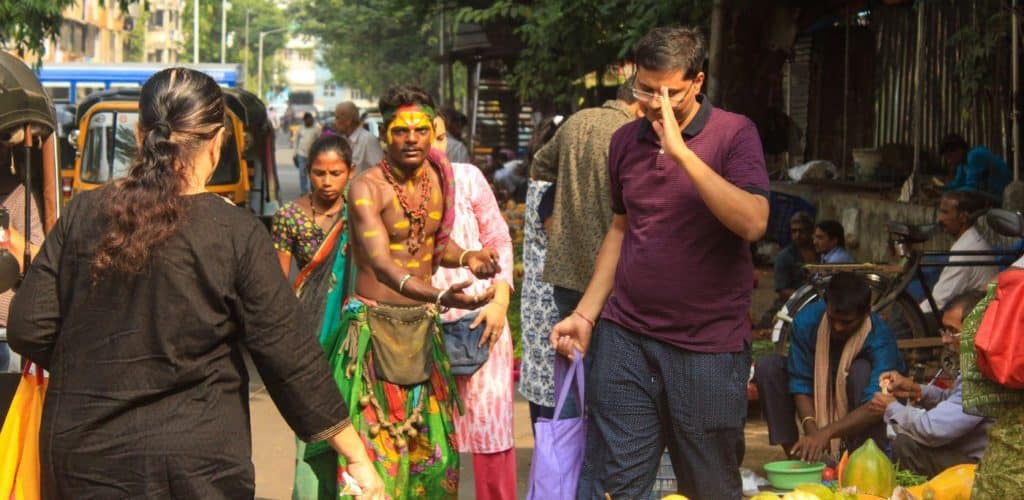

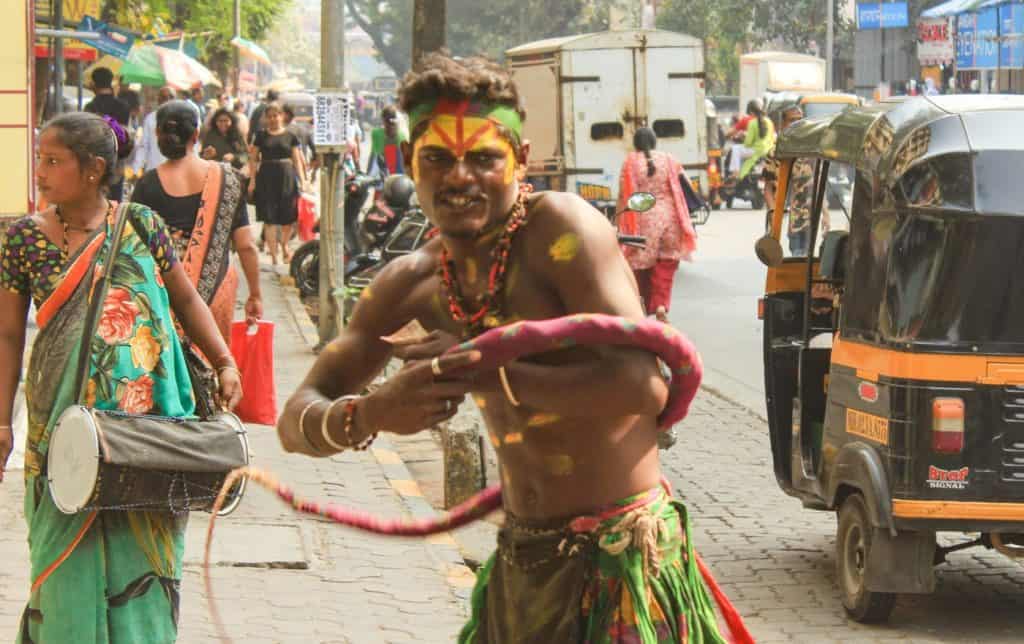

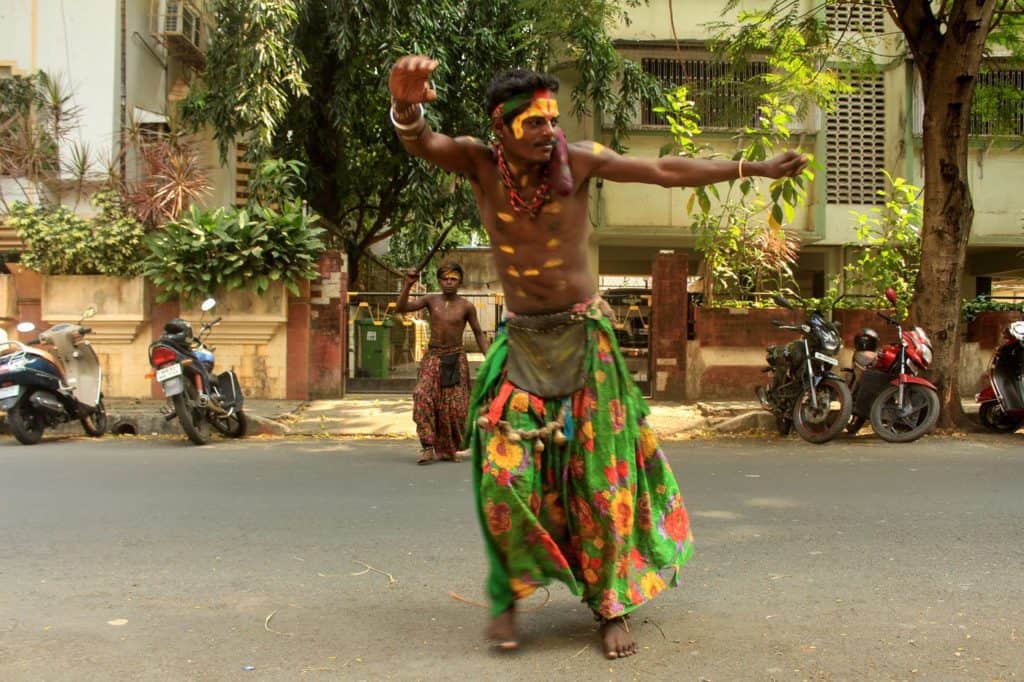
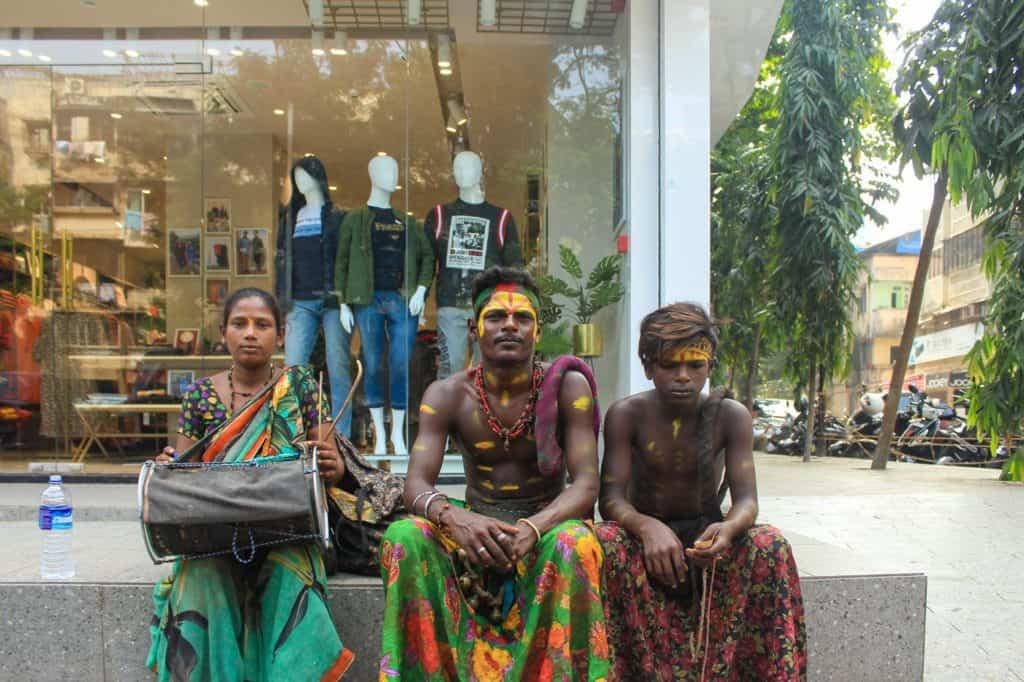
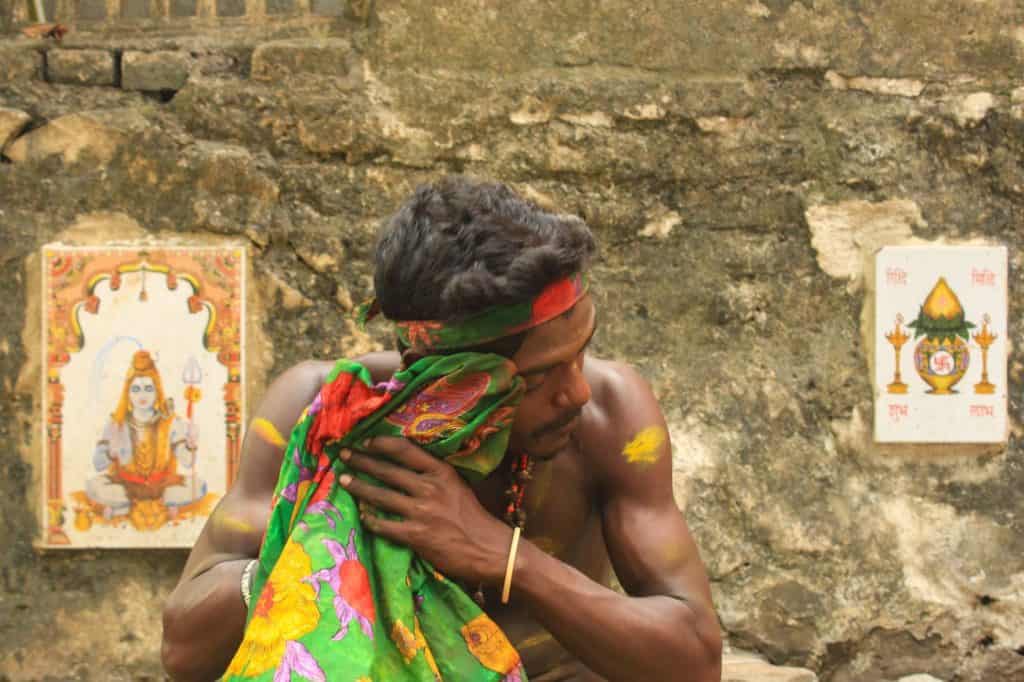


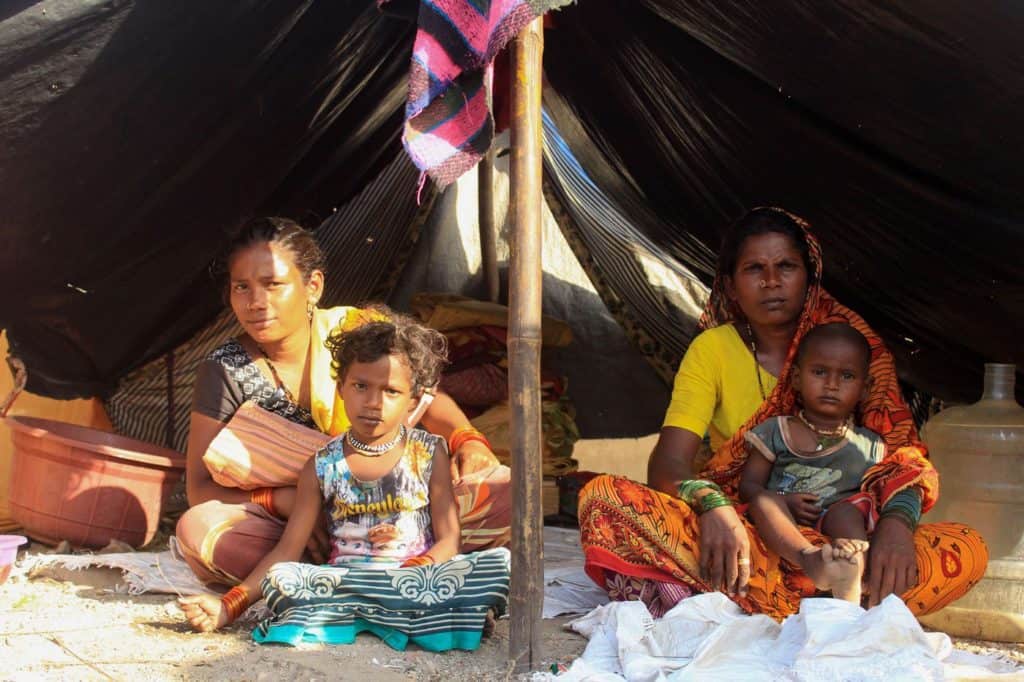
[This article was originally published in the People’s Archive of Rural India on March 10, 2021.]